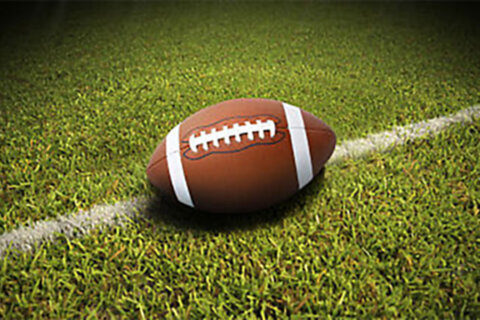Companies don’t shy away from spending big on a single 30-second commercial during the Super Bowl, but over the years, some have purchased multiple spots with the hope of promoting their products.
For many companies, Super Bowl ads became a way to introduce themselves to America. But the biggest repeat spenders — Budweiser, Pepsi and Coca-Cola, to name a few — have been mainstream companies, whose names become synonymous with the products they sell.
Budweiser, which has spent an estimated $470 million to air 135 commercials in the 54 Super Bowls, is the lone company to have at least one commercial run during every Super Bowl.
“Beer companies have relied on big-time sports for years and years and years as one of the best ways to reach their target audience, which tends to be heavily male,” said Douglas McIntyre, the editor of 24/7 Wall Street. “It’s not terribly surprising that sports, particularly male-oriented sports, do well.”
But behind Bud, the second and third-biggest spenders on Super Bowl ads are typically found right next to each other at the grocery store. Pepsi is the estimated second-biggest spender at over $320 million, while Coca-Cola is third at over $200 million.
“It’s a lot more that they’re things that people drink universally,” said McIntyre. “It’s such a broad product, brands that are used by so many people.”
After the soda companies, the list features well-known car brands. Hyundai, Toyota, Kia and Ford are ranked fourth through seventh, respectively.
McDonald’s, Michelob and Doritos round out the top 10. Some of the other brands on the list are repeat Super Bowl advertisers but aren’t as recognizable by name, McIntyre said.
“Take Kia, which is not a really, really major car company in the United States,” said McIntyre. “It’s worth keeping in mind they’re trying to build a huge brand in the United States. They’re getting there, but if you walk into somebody and say ‘have you ever heard of Ford?,’ everybody would say yes. If you say ‘have you heard of Kia?,’ it wouldn’t be everybody.”
24/7 Wall St. said some of the estimates might actually be a bit lower than the actual costs, because the price of a 30-second spot during some of the earlier Super Bowls in the 1960s and 70s isn’t known.
Nonetheless, McIntyre said it’s still worth it for companies to invest in Super Bowl commercials.
“The only reason I think the answer to that is probably yes is because they keep coming back,” said McIntyre.
These 30 companies have established themselves as big spenders, according to the site’s estimates:
- Budweiser – ($470 million, 54 Super Bowls)
- Pepsi – ($320 million, 35)
- Coca-Cola – ($202 million, 29)
- Hyundai – ($169 million, 12)
- Toyota ($156 million, 22)
- Kia ($129 million, 10)
- Ford ($109 million, 23)
- McDonald’s ($108 million, 26)
- Michelob ($102 million, 22)
- Doritos ($96 million, 18)
- Dodge ($93 million, 19)
- T-Mobile ($87 million, seven)
- Honda ($82 million, 18)
- Chevrolet ($82 million, 11)
- Volkswagen ($82 million, 15)
- Jeep ($70 million, 11)
- E-Trade ($67 million, 10)
- FedEx ($66 million, 19)
- Audi ($64 million, 14)
- Chrysler ($61 million 14)
- Pizza Hut ($54 million, 15)
- Cadillac ($54 million, 10)
- Universal ($53 million, seven)
- Visa ($48 million, 12)
- Gillette ($48 million, 17)
- Taco Bell ($47 million, 11)
- Radio Shack ($44 million, nine)
- Snickers ($42 million, 10)
- IBM ($42 million, 11)
- Nissan ($41 million, nine)






